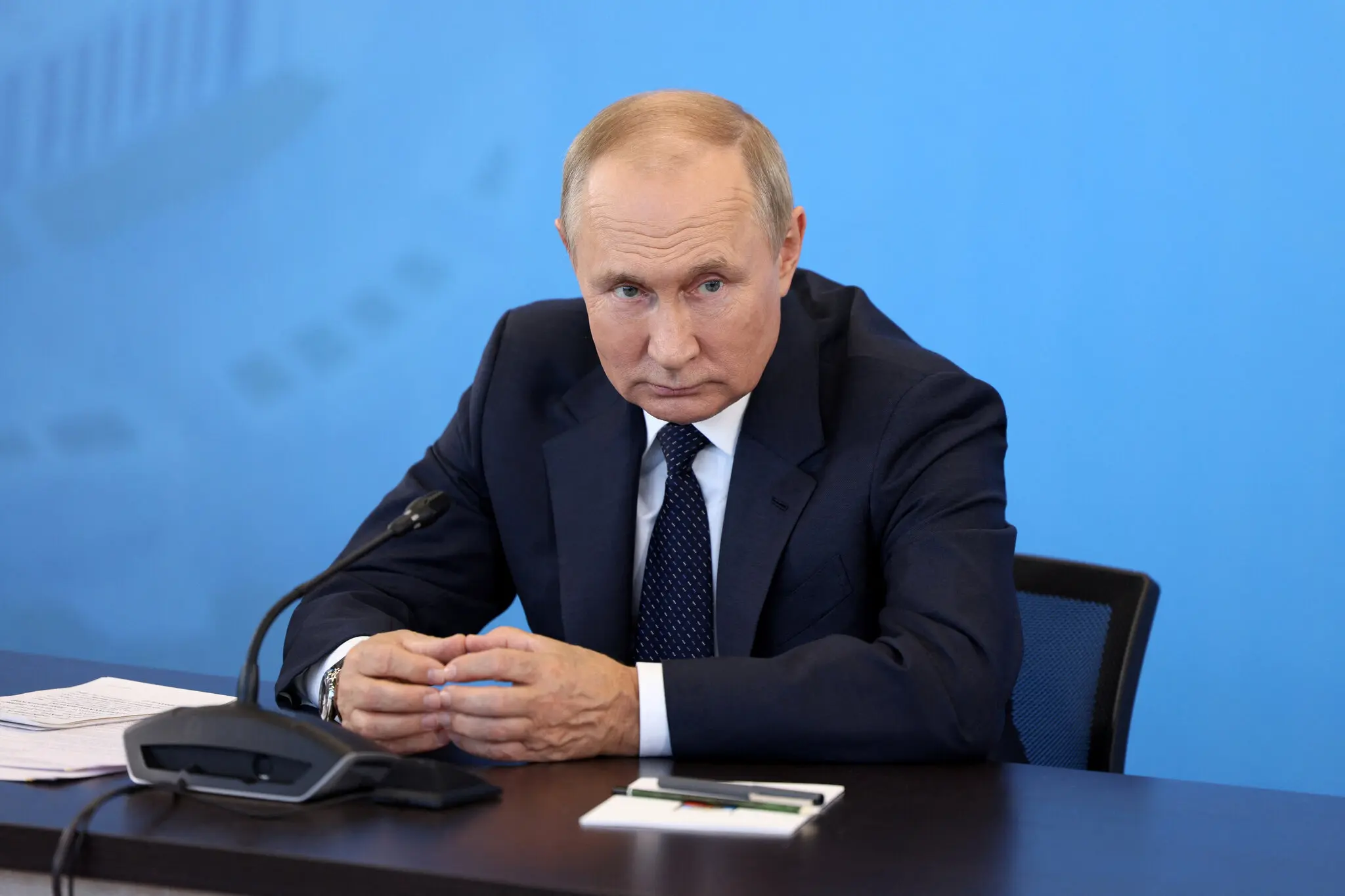Russian President Vladimir Putin is quietly strengthening his military forces near NATO’s borders, according to a new report by The Wall Street Journal. While world leaders, including U.S. President Donald Trump and others, stay focused on the ongoing war in Ukraine, Putin is moving behind the scenes to build a much larger and stronger army close to Europe, raising serious concerns for the future.
Reports show that Russia is actively expanding its military bases, especially in areas like Petrozavodsk, located near the Finnish border. Military experts see this as a clear sign that Moscow is preparing for a possible new conflict with NATO. This isn’t just a small buildup. Russia is moving large numbers of troops and military equipment to the Leningrad military district, which shares borders with Estonia, Latvia, and Finland. These small brigades are being turned into full divisions, with each new division expected to have around 10,000 soldiers.
Russia is not just building up its forces. It is also improving its infrastructure to support a larger military presence. According to the report, Russia is building new warehouses and barracks to house troops. New railway lines are being laid down along the borders with Estonia, Finland, and Norway. Old railway lines are being expanded to handle more traffic and heavier military loads. Emil Kastehelmi, an expert from the Finnish OSINT company Black Bird Group, shared this information, saying that Russia is quietly putting all the pieces in place for something much bigger.
A Russian military analyst, Ruslan Pukhov, who is the Director of the Center for Analysis of Strategies and Technologies, also gave his opinion. He explained that when Russian troops return from Ukraine, they will likely see Finland and other nearby countries as enemies. According to him, Russia’s military thinking over the past ten years suggests that they are preparing for a potential conflict with NATO, and this latest buildup fits perfectly into that pattern.
The speed at which Russia is rebuilding and expanding its army is surprising even the top experts. General Christopher Cavoli, who leads U.S. forces in Europe, told a Senate committee in April that Russia’s military is recovering and growing much faster than many had predicted. He said the Russian army today is actually larger than it was before the war with Ukraine started. This rapid growth is seen by many as a clear warning that Russia could be preparing for more aggressive moves in the future.
Another worrying sign is Russia’s increasing military spending. Factories producing tanks, ammunition, and other weapons are now running at full capacity. Many are expanding their operations, and some new production sites are being opened. For example, in 2021, Russia made about 40 of its advanced T-90M tanks. Today, it is producing around 300 of these tanks every year. A high-ranking Finnish military official told The Wall Street Journal that most of these tanks are being kept inside Russia rather than being sent to the front lines in Ukraine.
The production of military drones has also gone up sharply. Artillery and ammunition production are expected to increase by about 20%. All of these developments point to a major strengthening of Russia’s military power, not just for the current conflict, but for possible future wars as well.

Earlier this year, in February, Danish intelligence issued a serious warning. They said that Russia could start a major war in Europe within five years if it believes that NATO is weak or divided. A source from a European intelligence agency also told The Wall Street Journal that Russia might try to test NATO’s strength by invading a smaller member state, like Estonia, which has a large Russian-speaking population. Such a move could be aimed at seeing how quickly and strongly NATO would respond.
Michael Kofman, a senior fellow at the Carnegie Endowment for International Peace, said that if Russia wanted to carry out a smaller military operation against one of the Baltic states, it could do so quite soon after the war in Ukraine ends. According to Kofman, if the goal is a limited military action, Russia could be ready within two to three years. However, if the plan is for a full-scale war with NATO, it might take between seven and ten years to fully prepare, depending on the situation and the strategies involved.
Russia’s heavy military spending numbers show just how serious the country is about its future plans. In 2024 alone, Russia’s defense budget reached $149 billion. That is twice the amount Russia spent in 2015. Today, military spending makes up about 7.1% of Russia’s total economy and accounts for around 19% of the country’s total government spending. These numbers reflect a major shift toward preparing for long-term military power, not just fighting in Ukraine.
Experts say this rapid buildup is not something that can be easily ignored. Russia’s military strategy seems to be moving in a direction that prepares for both smaller, quick operations and the possibility of larger, more drawn-out conflicts against bigger opponents like NATO. Every new tank produced, every new railway laid near NATO’s borders, and every new division created suggests that Russia is thinking far beyond its current war.
Even though the world’s attention remains mostly on Ukraine, many leaders and military experts are increasingly worried about what comes next. Russia’s silent but steady buildup of forces near Europe’s borders shows that Putin is not just fighting today’s battles — he is also planning for future ones. If these developments continue, NATO and other countries may need to rethink their strategies and prepare for a new kind of threat, one that is quietly growing just across the border.
As the situation develops, the world will be watching closely. For now, Putin’s moves are a clear reminder that while some conflicts are visible and loud, others are quietly brewing behind the scenes, waiting for the right moment to explode.
Disclaimer: This article has been meticulously fact-checked by our team to ensure accuracy and uphold transparency. We strive to deliver trustworthy and dependable content to our readers.


